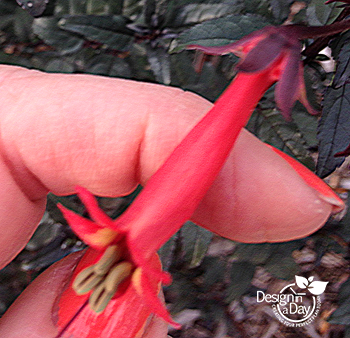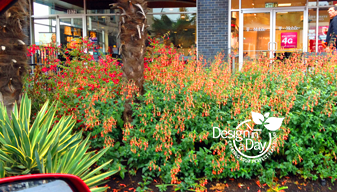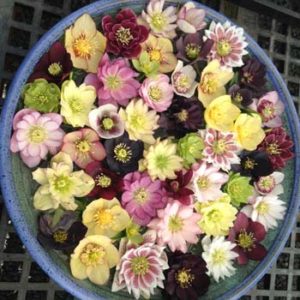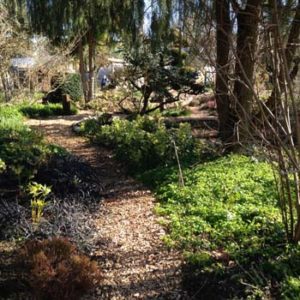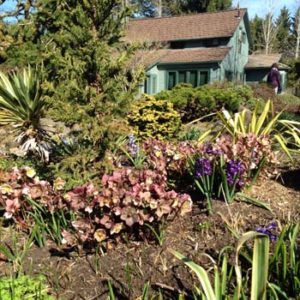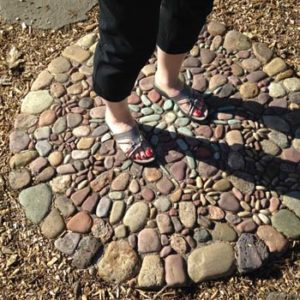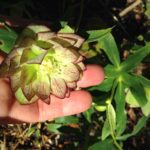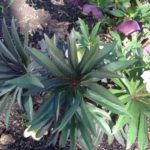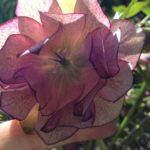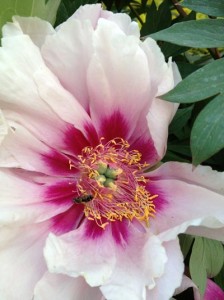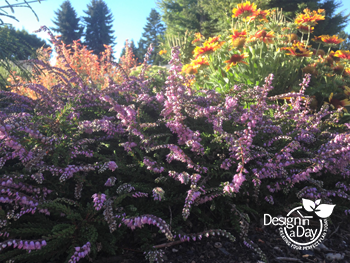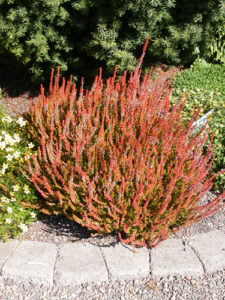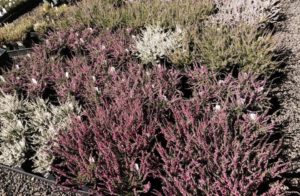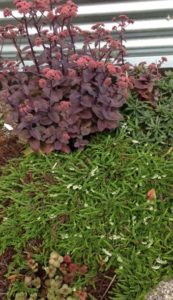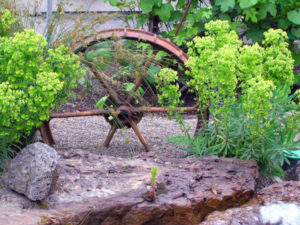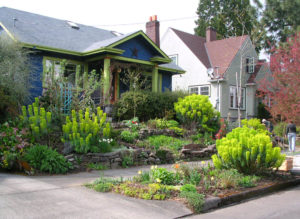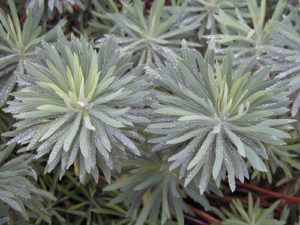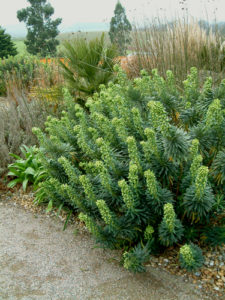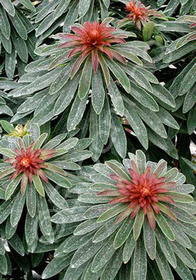Cape Fuchsia, Phygelius, is a colorful, low maintenance long blooming summer flower for the Pacific Northwest. I use it in landscape designs for clients who love color and watching hummingbirds. It’s a personal favorite of mine and rates at least 2 blogs.
Cape Fuchsia Practicalities
If you are a person who wants a tidy landscape that looks perfect all year long, this is not your plant. I consider this plant to be low maintenance but not no maintenance. Clients who love the color and the hummingbird show simply cut it to the ground in December eliminating the messy twigs.
It can spread some. In the spring if the plant is taking more territory than you want, simply pull on the stem that is straying. Pull it out of the ground and cut the root off near the mother plant. It is very easy, I promise. Give it lots of sun, decent soil and water the first year. It will need less water the following year. Some clients water it about once every two weeks.
By the way, there is nothing wrong with needing a calm and low maintenance landscape. We are all unique and a plant that makes one person feel delight can make another person feel claustrophobic. I notice clients who grew up in climates where plants tend to be sparser can feel uncomfortable with the full flush of plantings possible here.
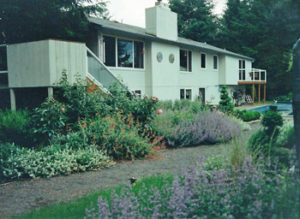
Mass planting of strong plant colors including Cape Fuchsia, and a path help to break up the lines of the pool.
Cape Fuchsia used for Mass Plantings in Swimming Pool Garden Re-Design
The first time I used this plant was for Art and Linda in SW Portland. They had a 1960’s swimming pool in the backyard that dominated. It visually ate the backyard. They wanted a cottage garden style with lots of color. My design solution successfully put the pool in a subordinate position to the landscape. I created some great paths and shapes for the planting beds that broke up the lines of the pool visually. We needed masses of strong plant color in the backyard to offset the powerful aqua rectangle. I’m not a big color wheel garden designer but colors like coral and salmon are opposite the wheel from aqua. The Cape Fuchsia flowers are perfect for this situation because they flower in these colors and they flower all summer, hitting their stride during hot weather. My clients enjoy hanging out by the pool and are entertained by the antics of hummingbirds. Hummingbirds are strongly attracted to the hot coral red tones of the Cape Fuchsia.
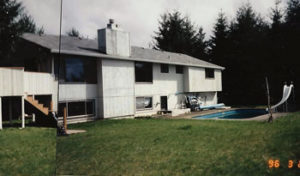
Art and Linda’s back yard needed some color to offset the aqua of the pool water.
Fav Planting Combo is American Switch Grass with Cape Fuchsia
My favorite planting combination for this design was Panicum Virgatum, American Switch Grass ‘Heavy Metal’ with the Phygelius x recta ‘Devils Tears’. They are a perfect contrast combination! The Switch Grass blade is a fine silvery blue texture. It contrasts with the Cape Fuchsia’s dark green leaf and hot colored tubular flowers. The inside of the tube is a mellow lemon yellow but mostly the hummingbirds are the ones who see this.
If you research this plant on the internet, you will read that Cape Fuchsia are not cold hardy here since they are native to South Africa and they need a lot of water. Not true for Portland, Oregon. I have grown them at 900 feet on a roof garden and only watered them every two weeks. They were successful for 12 years and were still there when I moved.
I’m always advocating for low water use so planting Cape Fuchsia with American Switch Grass results in a very low water landscape pairing.
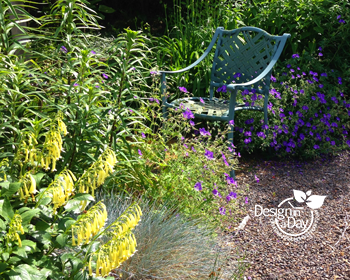 New Varieties of Cape Fuchsia
New Varieties of Cape Fuchsia
While I love the old fashioned varieties, the new varieties of Cape Fuchsia are shorter and flowers are in softer more traditional colors. These new Cape Fuchsia are more versatile and can work well for small properties and containers. But when you select a softer color over the intense coral red, hummingbirds are not nearly as attracted but you still get a great plant. Check out other great hummingbird plants.
Are you wanting more out of your landscape? More color, more interactions with nature, more privacy? Your landscape can be made to suit your lifestyle with a thoughtful landscape design process. Go to my contact page and let’s talk soon.

